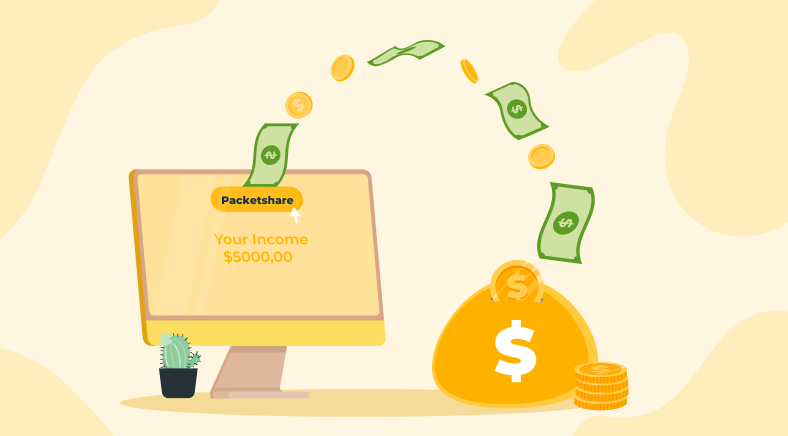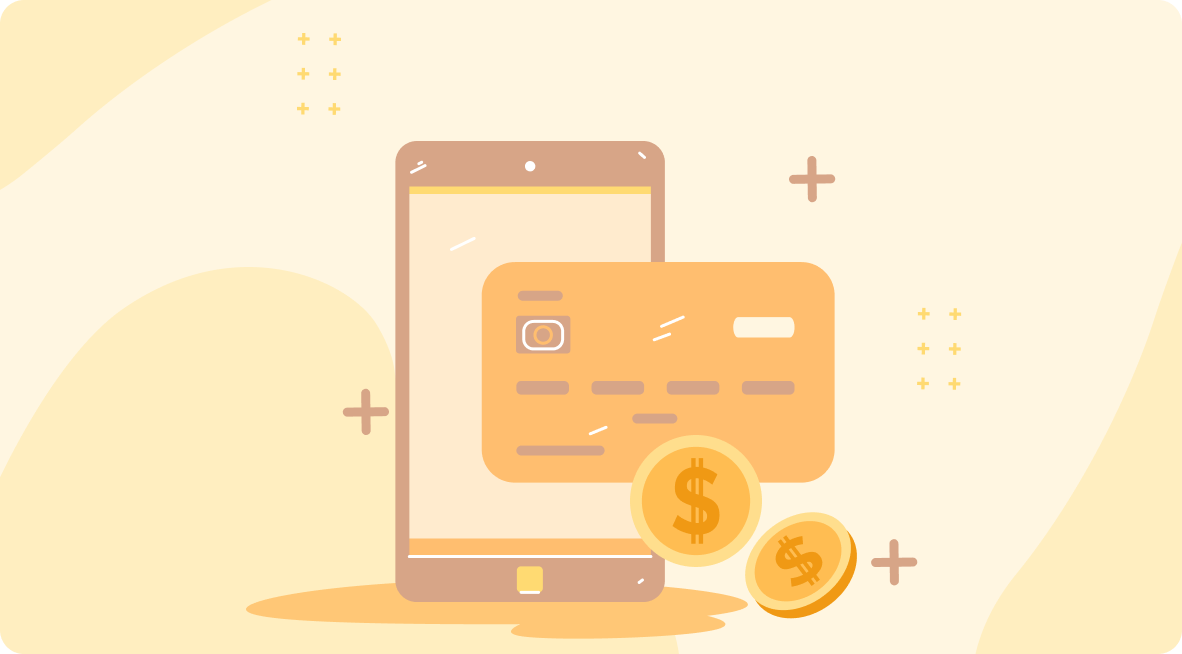
Decades ago, product testing was confined to trained professionals. Today, it’s become a cornerstone of every product launch, with companies actively seeking external feedback—especially from their target audience. Whether trialing new frozen meals or the latest beauty innovations, brands constantly look for people to test products and provide honest reviews. While some specialized products require technical expertise, numerous testing platforms offer opportunities for anyone to participate and earn rewards.
What Is a Product Tester?
Product testing has surged in popularity as a flexible way to earn extra income. With the vast array of products available, almost anyone can review items and get compensated. But what defines a product tester?
The Role Defined
A product tester evaluates items and provides detailed feedback on functionality, performance, quality, usability, and market relevance. The key is to remain objective, offering authentic insights that help brands refine their offerings.
This profession gained traction with the rise of e-commerce giants like Amazon, which needed robust systems to validate product quality. Today, it’s common for gaming companies to invite beta testers or for tech brands to offer early access, using feedback to iterate on their products.
Core Responsibilities
While testing protocols vary by product, these duties remain consistent:
· Usability Assessment: Evaluate how intuitively a product functions across real-world scenarios. For example, testing a blender’s performance during morning smoothie prep.
· Defect Identification: Using detailed specs, spot flaws—from a software glitch to a packaging design flaw.
· Feedback Generation: Provide structured insights on design, performance, and user experience to guide improvements.
· Cross-Category Adaptability: Test products across niches, adjusting methodologies for each (e.g., tech gadgets vs. kitchenware).
In a saturated market—especially with Amazon’s $1.9 trillion valuation—quality testing is vital for brands to stand out.
Common Product Testing Methods
Testing approaches differ by product type, falling into three main categories:
· Usability Testing: Focuses on how easily users can interact with a product. Testing a smart thermostat, for instance, might involve evaluating its app setup and voice command responsiveness.
· Durability Testing: Measures a product’s lifespan under stress. Think of testing a hiking backpack through extreme weather or heavy use.
· Market Feedback Collection: A time-intensive process of gathering consumer opinions on appeal, value, and functionality, then synthesizing data into actionable reports.
Steps to Become a Product Tester
Ready to dive into this rewarding side gig? Follow these practical steps:
1. Research Testing Platforms
Start by identifying reputable platforms. Influenster (for beauty) and Pinecone Research (for consumer goods) are great entry points, offering straightforward sign-ups and regular testing opportunities.
For Amazon testing, aim for the invite-only Vine program. Build credibility first by writing thorough reviews for products you’ve purchased. One tester shared that after 6 months of consistent, detailed reviews, they began receiving high-value product invites.
2. Build a Review Portfolio
Don’t overlook everyday purchases—write thoughtful reviews for items like your new coffee maker or workout gear. Focus on scenario-based feedback (e.g., “The blender’s ice-crushing setting took 45 seconds longer than advertised during my morning rush”).
Engage in product forums (Reddit’s r/TestMe or niche Facebook groups) to sharpen your analytical skills and understand what makes a compelling review.
3. Specialize in a Niche
Avoid spreading yourself too thin. Choose a niche you’re passionate about—outdoor gear, baby products, or tech gadgets. A tester who focused solely on camping equipment now partners with top outdoor brands, receiving $500+ worth of gear monthly.
4. Develop Specialized Skills
Certain tests require technical know-how:
· Software testing may demand basic coding or an ISTQB certification.
· Quality control roles benefit from Six Sigma training.
These credentials open doors to higher-paying gigs, like automotive component testing or enterprise software beta trials.
5. Pursue Opportunities Strategically
Once you have 10+ strong reviews, create a portfolio on LinkedIn or freelance platforms like Upwork. Pro tip: Highlight “worked with top 10 brands in [niche]” rather than listing generic test counts.
Essential Skills for Success
Beyond enthusiasm, master these competencies:
· Critical Thinking: Look beyond marketing claims. A tester once uncovered hidden additives in a “clean label” snack by cross-referencing ingredient lists—skills that build trust with brands.
· Attention to Detail: Notice nuances others miss, like a phone case’s edge comfort or a laptop’s heat distribution during prolonged use.
· Clear Communication: Frame feedback with data (“30% faster than the previous model”) rather than vague opinions. A beauty tester’s trick: Compare foundation coverage using before-and-after photos with lighting notes.
Types of Product Testing Roles
Career paths vary based on commitment:
· In-House Tester: Employed by brands or agencies, often working in labs. A tech company tester might spend weeks in a climate-controlled room evaluating smartphone battery life in extreme temperatures, earning $70k–$120k annually.
· Freelance Tester: Work remotely via platforms. Top freelancers build direct relationships with brands—one tech reviewer now gets paid $2,000 per laptop review, plus keeps the device.
Salary ranges: Software testers average $78,580/year; beauty testers make ~$28,300, though influencers can command five-figure sums for premium product campaigns.
Where to Find Testing Gigs
· Brand Direct Programs: Monitor company websites for tester calls. A fitness brand recently recruited 100 runners to test new shoes, offering free gear and $100 per detailed report.
· Job Boards: Search “Product Tester” on Indeed or Glassdoor. Some full-time roles include benefits, ideal for those seeking stability.
· Freelance Marketplaces: Upwork and Fiverr host short-term testing projects. A tip from a successful tester: Bid on projects with clear scopes (e.g., “Test 5 smart home devices over 2 weeks”) to showcase your reliability.
Tips for Long-Term Success
· Create a Feedback Template: Develop a standardized report with sections for unboxing, daily usage logs, and visual annotations. One tester’s spreadsheet-style reports landed them repeat work with three major appliance brands.
· Track Industry Trends: Subscribe to Consumer Reports or tech newsletters to anticipate testing surges (e.g., pre-holiday gadget launches).
· Nurture Brand Relationships: Send follow-up emails a month after testing, sharing long-term insights. A baby product tester who alerted a brand to a durability issue post-launch was later hired as a consultant.
Boost Your Earnings with Packetshare
While building your testing career, consider supplementing income with Packetshare—a platform that lets you earn passive income by sharing your internet connection safely. Similar to how product testing leverages your feedback, Packetshare monetizes your unused bandwidth, making it a perfect side hustle for those browsing testing opportunities or writing reviews.
Conclusion
From college students to working professionals, product testing offers a unique blend of creativity, flexibility, and reward. The key is to approach it with professionalism—brands value testers who provide consistent, data-driven feedback. As one 10-year veteran puts it: “The best testers don’t just try products; they help shape them.” Start by choosing a niche, honing your review skills, and before you know it, you’ll have free products arriving at your door—and maybe even a new career.





